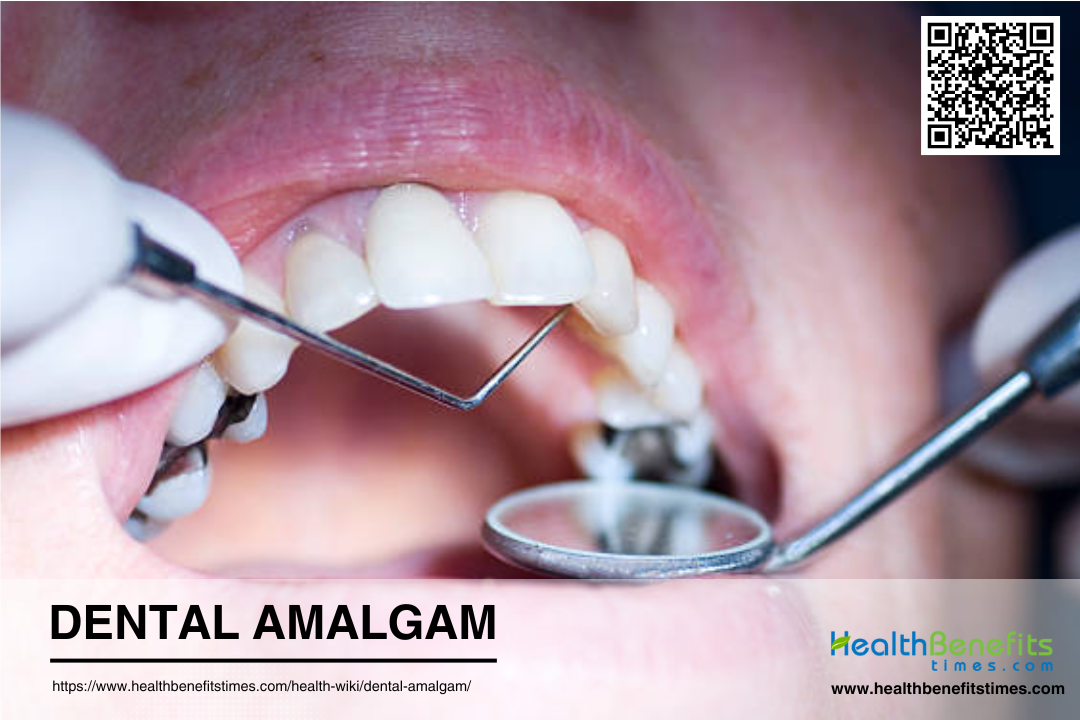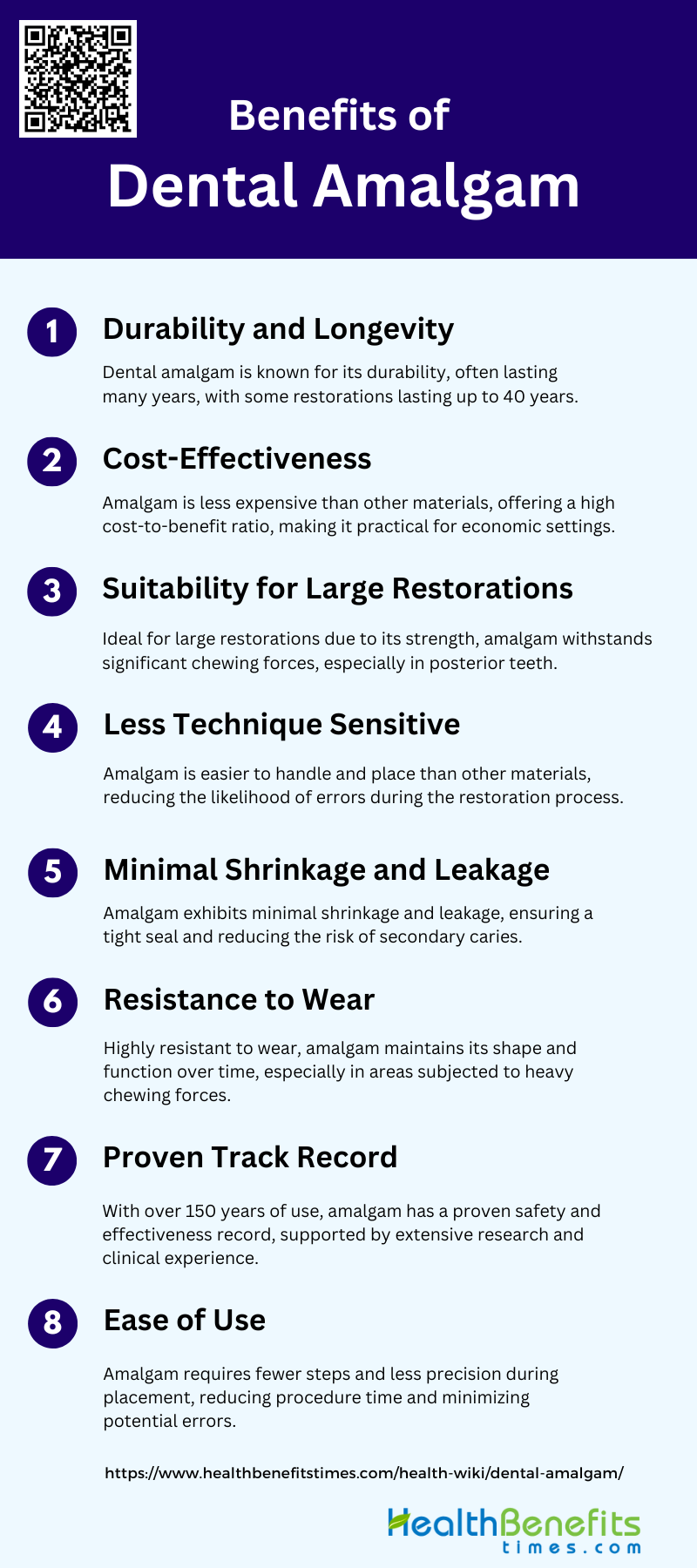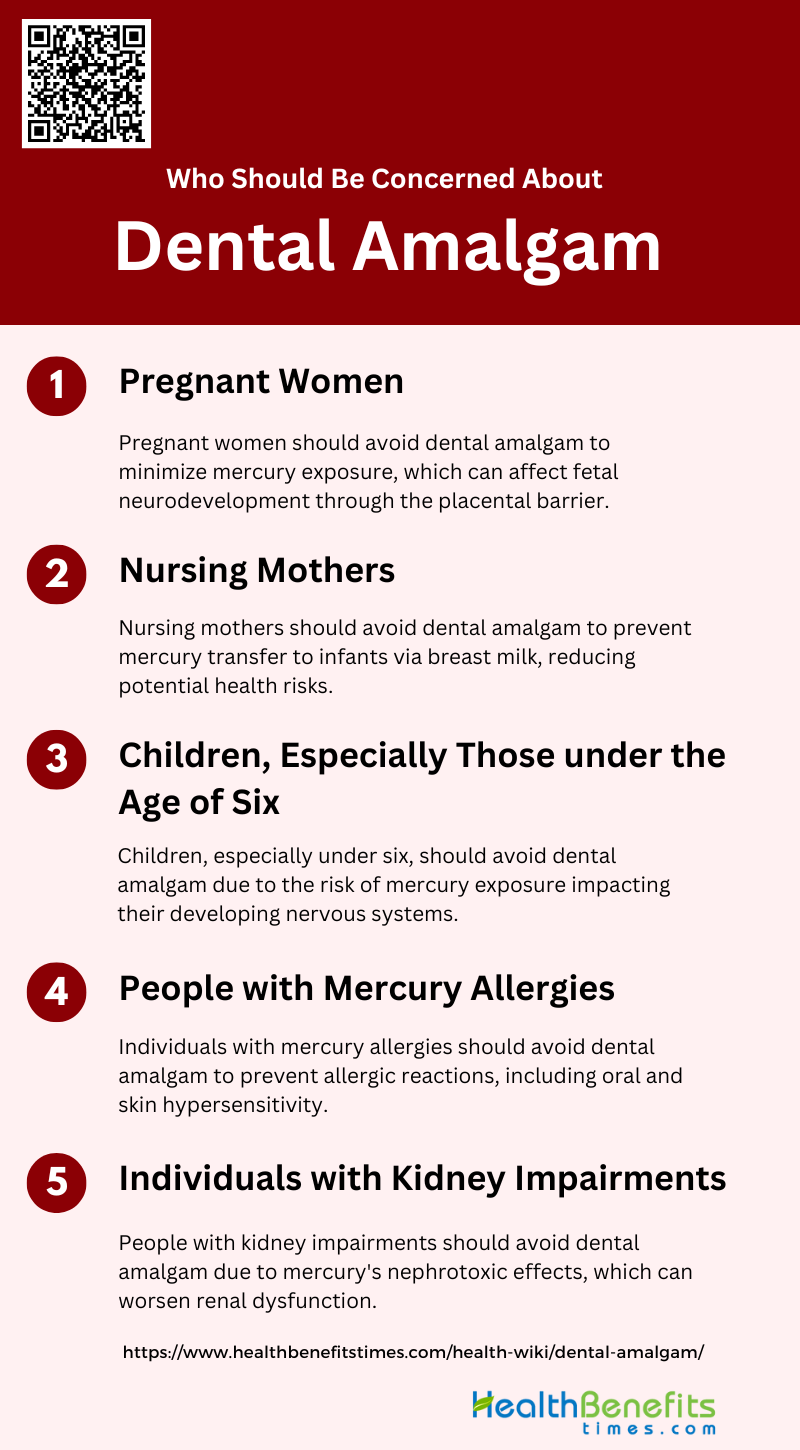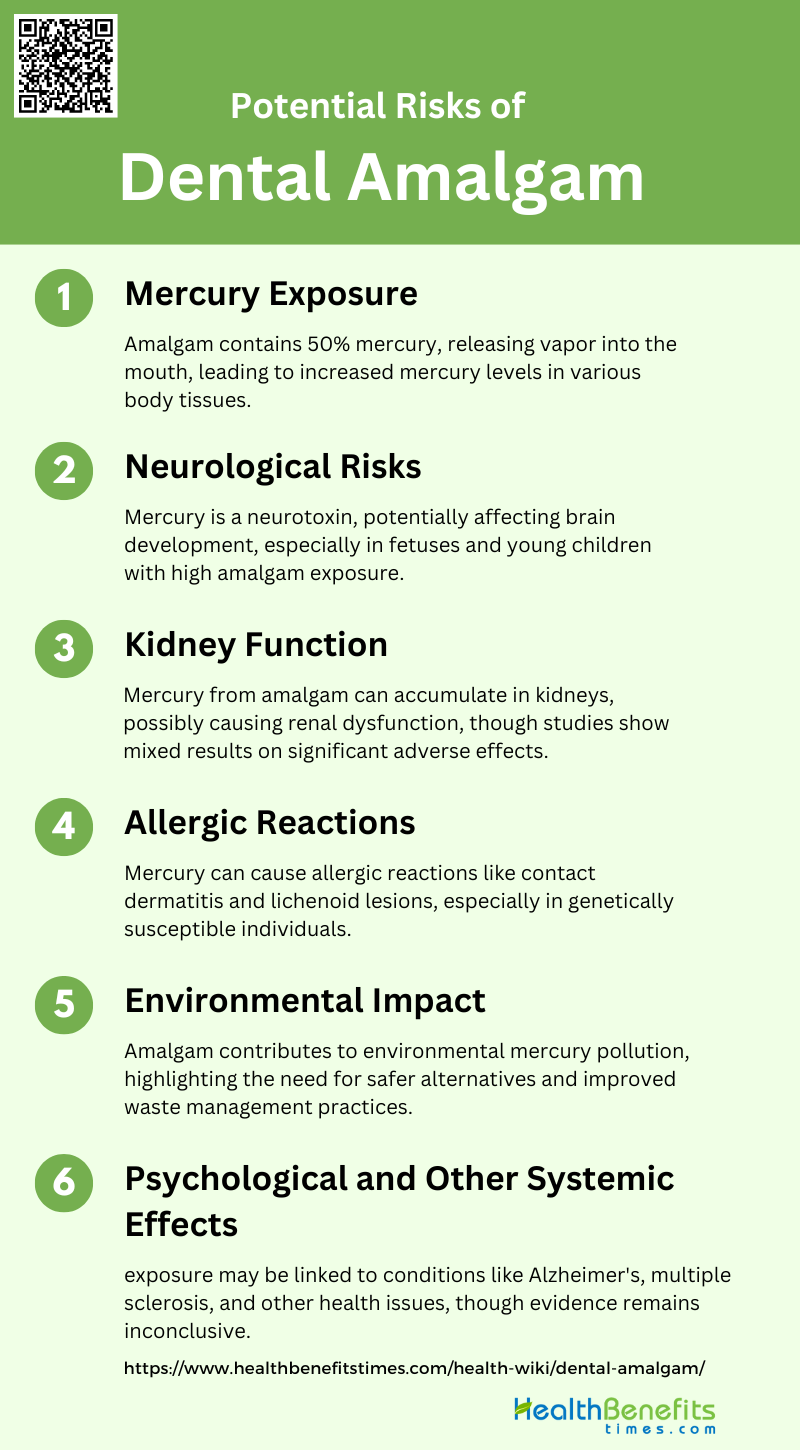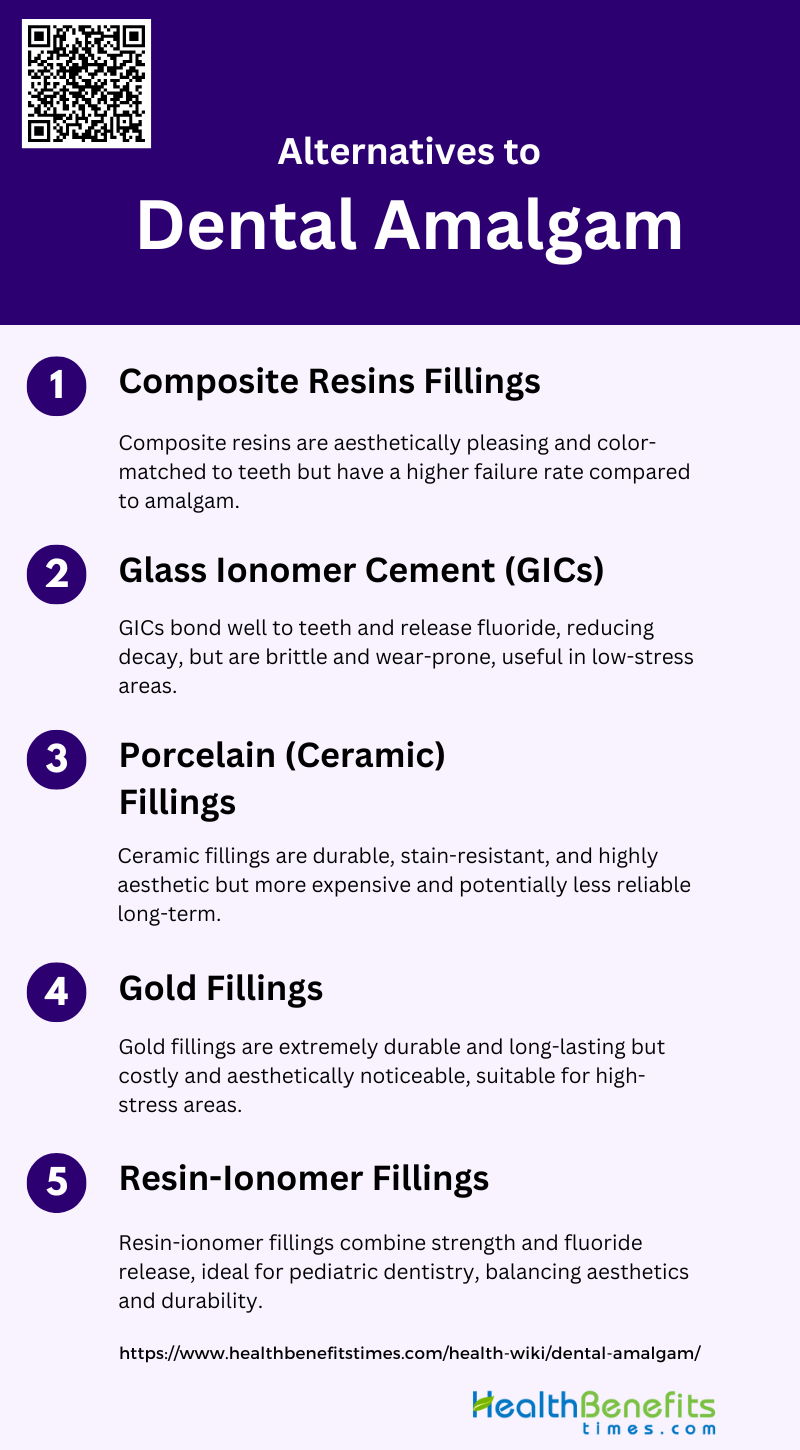Dental amalgam is a widely used restorative material in dentistry, primarily employed to fill cavities caused by tooth decay. It is composed of a mixture of metals, with approximately 50% being elemental mercury and the remainder consisting of a powdered alloy typically containing silver, tin, and copper. The liquid mercury reacts with the metal alloy particles to form a pliable amalgam that can be easily packed into the prepared tooth cavity. Once placed, the amalgam quickly hardens into a durable, silver-colored filling. Despite its long history of use dating back to the 19th century and its excellent mechanical properties, dental amalgam has faced controversy due to concerns about potential mercury exposure. However, it remains a popular choice for posterior tooth restorations due to its strength, longevity, and cost-effectiveness.
Composition of Dental Amalgam
The composition of dental amalgam typically includes:
1. Mercury: Elemental mercury makes up approximately 50% of dental amalgam by weight. The liquid mercury is crucial for binding the other metal particles together to form the amalgam.
2. Silver: This is the primary metal in the alloy powder, usually comprising about 22-32% in low-copper amalgams or up to 65% in conventional amalgams.
3. Tin: Typically makes up about 14-29% of the alloy.
4. Copper: The amount varies depending on the type of amalgam. In low-copper or conventional amalgams, it’s usually less than 6%. However, in modern high-copper amalgams, it can be up to 30%.
5. Zinc: May be present in small amounts, typically around 8% in some formulations. Zinc-containing amalgams (>0.01% zinc) have been shown to have a longer clinical life expectancy than non-zinc amalgams.
6. Other trace metals: Small amounts of indium, palladium, or other metals may be included in some formulations.
Benefits of Dental Amalgam
It has been a trusted material for dental restorations for over a century due to its durability and cost-effectiveness. It offers several advantages, making it a popular choice for both dentists and patients. Here are some key benefits of using dental amalgam:
1. Durability and Longevity
Studies have shown that amalgam restorations can last for many years, often outlasting other restorative materials. For instance, a longitudinal study indicated that only about 6% of class II amalgam restorations in permanent teeth needed replacement after a 6-7 year period, with some lasting up to 40 years. This makes amalgam an excellent choice for patients seeking long-term solutions for dental restorations.
2. Cost-Effectiveness
One of the significant advantages of dental amalgam is its cost-effectiveness. Amalgam is less expensive compared to other restorative materials like composite resins and ceramics. This makes it a preferred choice in many dental practices, especially in economically constrained settings. The material’s affordability, combined with its long-lasting nature, provides a high cost-to-benefit ratio, making it a practical option for both patients and dental practitioners.
3. Suitability for Large Restorations
Dental Amalgam is particularly suitable for large restorations due to its strength and durability. It can withstand the significant forces exerted during chewing, making it ideal for restoring large cavities in posterior teeth. This is especially important in cases where esthetics are not a primary concern, and the restoration needs to endure substantial mechanical stress. Its ability to provide a robust and long-lasting solution for extensive dental repairs underscores its continued use in modern dentistry.
4. Less Technique Sensitive
This means that it is easier to handle and place, reducing the likelihood of errors during the restoration process. Unlike composite resins, which require a dry field and precise layering techniques, amalgam can be placed in a wider range of conditions without compromising its effectiveness. This ease of use makes it a reliable choice for many dental practitioners, particularly in challenging clinical situations.
5. Minimal Shrinkage and Leakage
Amalgam restorations exhibit minimal shrinkage and leakage, which are common issues with other restorative materials like composites. Shrinkage can lead to gaps between the tooth and the restoration, increasing the risk of secondary caries. Amalgam’s stable nature ensures a tight seal, reducing the likelihood of bacterial infiltration and subsequent decay. This property contributes to the longevity and reliability of amalgam restorations, making them a preferred choice for many dental professionals.
6. Resistance to Wear
Amalgam is highly resistant to wear, which is crucial for restorations in areas subjected to heavy chewing forces. Its wear resistance ensures that the restoration maintains its shape and function over time, providing a durable solution for patients. This characteristic is particularly beneficial for molars and premolars, which experience significant mechanical stress during mastication. The material’s ability to withstand wear and tear without significant degradation underscores its suitability for long-term dental restorations.
7. Proven Track Record
Dental amalgam has a proven track record of safety and effectiveness spanning over 150 years. Despite periods of controversy, extensive research and clinical experience have demonstrated its reliability as a restorative material. Numerous studies have confirmed that amalgam is safe for use, with minimal adverse health effects when proper mercury hygiene procedures are followed. This long history of successful use provides confidence to both dental practitioners and patients in the material’s performance.
8. Ease of Use
The ease of use of dental amalgam is another significant benefit. It requires fewer steps and less precision during placement compared to other materials like composites. This simplicity not only reduces the time required for the procedure but also minimizes the potential for errors. Amalgam’s forgiving nature allows for effective restorations even in less-than-ideal conditions, making it a practical choice for a wide range of clinical scenarios. This ease of use contributes to its continued popularity in dental practices worldwide.
Uses of Dental Amalgam
Here are some common uses of dental amalgam:
1. Filling Cavities
Its ability to create a tight marginal seal over time minimizes microleakage, making it a reliable choice for load-bearing restorations in posterior teeth. Despite the rise of tooth-colored materials, amalgam remains favored for its durability and cost-effectiveness, especially in complex cavities where moisture control is challenging. The longevity of amalgam fillings, which can last up to 40 years, further underscores its utility in dental restorations.
2. Restoring Tooth Structure
Amalgam is not only used for filling cavities but also for restoring the overall structure of a tooth. Its high strength and durability make it suitable for restoring teeth that have suffered significant structural damage. High copper amalgam alloys, in particular, offer improved mechanical properties, corrosion resistance, and better marginal integrity compared to their low copper counterparts. This makes amalgam an excellent choice for restoring the functional and structural integrity of damaged teeth, ensuring long-term performance and patient satisfaction.
3. Cost-Effective Treatment
One of the most significant advantages of dental amalgam is its cost-effectiveness. Amalgam is relatively inexpensive compared to other restorative materials like composites, which are more technique-sensitive and costly. This makes it an accessible option for a wide range of patients, particularly in regions where economic constraints are a concern. Despite its affordability, amalgam does not compromise on quality, offering a durable and long-lasting solution for dental restorations. Its ease of use and minimal requirement for complex equipment further contribute to its cost-effectiveness.
4. Core Build-ups
Its high compressive strength and ability to withstand significant occlusal forces make it an ideal material for this purpose. Unlike composite materials, which can be technique-sensitive and prone to microleakage, amalgam offers a reliable and durable option for core build-ups. This ensures that the restored tooth can support additional restorative work, such as crowns, without compromising on structural integrity.
5. Temporary Restorations
In addition to its use in permanent restorations, dental amalgam is also employed for temporary restorations. Its ease of placement and ability to provide immediate functional restoration make it a practical choice for temporary solutions. Amalgam’s durability ensures that it can withstand the functional demands placed on it during the interim period before a permanent restoration is placed. This makes it a versatile material that can be used in various clinical scenarios, providing both temporary and long-term solutions for dental restorations.
Who Should Be Concerned About Dental Amalgam?
Certain groups of people should be particularly concerned about dental amalgam due to its mercury content and potential health risks. These groups include:
1. Pregnant Women
Pregnant women should be particularly concerned about dental amalgam due to the potential risk of mercury exposure to the developing fetus. Mercury vapor released from dental amalgam can cross the placental barrier, leading to fetal exposure. Studies have shown that maternal amalgam fillings are significantly associated with mercury levels in cord blood, which can potentially affect neurodevelopmental outcomes in infants. Although some studies have not found significant associations between maternal amalgam exposure and adverse pregnancy outcomes, the potential risks warrant caution. Therefore, it is recommended to avoid dental amalgam in women of childbearing age to minimize prenatal mercury exposure.
2. Nursing Mothers
Nursing mothers should also be cautious about dental amalgam due to the potential transfer of mercury to the infant through breast milk. Mercury from dental amalgam can be found in colostrum and breast milk, which may pose a risk to the developing infant. Although the exact impact on infant health is not fully understood, the presence of mercury in breast milk suggests that nursing mothers with dental amalgam fillings could expose their infants to mercury. Given the vulnerability of infants to toxic substances, it is advisable for nursing mothers to consider alternatives to dental amalgam to reduce mercury exposure.
3. Children, Especially Those under the Age of Six
Children, particularly those under the age of six, are at a higher risk of adverse effects from mercury exposure due to their developing nervous systems. Dental amalgam is a significant source of mercury exposure in children, and studies have shown that mercury levels in children with amalgam fillings can be elevated. Although some research has not found significant neurobehavioral or renal effects in children with amalgam fillings, the potential for mercury to interfere with brain development remains a concern. Therefore, it is recommended to avoid the use of dental amalgam in young children to prevent potential health risks.
4. People with Mercury Allergies
Individuals with mercury allergies should avoid dental amalgam as it can trigger allergic reactions. Mercury is a potent cell toxin and can modify protein structures, leading to allergic responses in sensitive individuals. Symptoms of mercury allergy can include oral lichenoid reactions, dermatitis, and other hypersensitivity reactions. Given the potential for severe allergic reactions, it is crucial for individuals with known mercury allergies to seek alternative dental restorative materials to avoid exposure.
5. Individuals with Kidney Impairments
Individuals with kidney impairments should be concerned about dental amalgam due to the nephrotoxic effects of mercury. Mercury exposure from dental amalgam can lead to increased mercury levels in the kidneys, potentially exacerbating renal dysfunction. Studies have shown that mercury from dental amalgam can affect renal biomarkers, although the clinical significance of these findings is still under investigation. Given the potential for mercury to impair kidney function, it is advisable for individuals with existing kidney conditions to avoid dental amalgam and opt for safer alternatives.
Potential Risks of Dental Amalgam
While dental amalgam is a widely used material for dental restorations, it is not without its potential risks. These risks primarily stem from its mercury content, which can pose health concerns for certain individuals. Here are some of the key potential risks associated with dental amalgam:
1. Mercury Exposure
This vapor is inhaled and absorbed, leading to increased mercury levels in various body tissues, including the brain, kidneys, and liver. Studies have shown that mercury exposure from dental amalgam can surpass that from dietary sources, particularly in populations with high amalgam use. The U.S. Environmental Protection Agency and the California Environmental Protection Agency have established reference exposure levels, and a significant portion of the population with amalgam fillings exceeds these levels.
2. Neurological Risks
Mercury is a potent neurotoxin, and exposure from dental amalgam has been linked to potential neurological risks. Mercury vapor can cross the blood-brain barrier, potentially interfering with brain development, particularly in fetuses and young children. Epidemiological studies have shown subclinical effects on central nervous system (CNS) function in populations with occupational mercury exposure, which may be relevant to those with high amalgam loads. However, some studies have found no significant neurobehavioral or neuropsychological effects in children with amalgam fillings.
3. Kidney Function
Mercury exposure from dental amalgam has been associated with nephrotoxicity. Studies have shown that mercury can accumulate in the kidneys, leading to potential renal dysfunction. Longitudinal studies in children have evaluated biomarkers of kidney integrity, such as glutathione S-transferases and albumin, and found no significant adverse effects from amalgam exposure. However, occupational studies suggest that high mercury exposure can lead to subclinical kidney effects.
4. Allergic Reactions
Mercury from dental amalgam can induce allergic reactions in some individuals. These reactions may manifest as contact dermatitis, lichenoid lesions, or other hypersensitivity responses. Genetic susceptibility plays a role in the development of these reactions, and individuals with a predisposition to mercury allergies may experience more severe effects. Animal studies have also shown that mercury can induce immune system reactions and autoimmunity, further supporting the potential for allergic responses in susceptible individuals.
5. Environmental Impact
The environmental impact of mercury from dental amalgam is a significant concern. Mercury released from dental practices can contaminate water sources and contribute to environmental pollution. The Minamata Convention on Mercury aims to reduce mercury emissions and includes measures to phase down the use of dental amalgam. The disposal of amalgam waste and the release of mercury into the environment highlight the need for safer alternatives and better waste management practices.
6. Psychological and Other Systemic Effects
Mercury exposure from dental amalgam has been linked to various systemic effects, including psychological and immunological impacts. Some studies suggest a potential association between mercury exposure and conditions such as Alzheimer’s disease, multiple sclerosis, and other health issues. However, the evidence is not conclusive, and more research is needed to fully understand these associations. The potential for systemic effects underscores the importance of considering individual susceptibility and overall health when evaluating the risks of dental amalgam.
Alternatives to Dental Amalgam
As concerns about the potential risks of dental amalgam grow, many patients and dentists are exploring alternative materials for dental restorations. These alternatives offer various benefits, including improved aesthetics and reduced health risks. Here are some of the most common alternatives to dental amalgam:
1. Composite Resins Fillings
Composite resins are a popular alternative to dental amalgam due to their aesthetic appeal and improved mechanical properties. These materials are particularly suitable for restoring posterior teeth, as they can be color-matched to the natural tooth, providing a more visually pleasing result. However, composite resins have a higher risk of failure and secondary caries compared to amalgam, with studies showing almost double the failure rate. Despite these drawbacks, advancements in composite resin technology have made them a viable option for many dental restorations, especially in patients who prioritize aesthetics and are willing to accept the potential for more frequent replacements.
2. Glass Ionomer Cement (GICs)
Glass ionomer cements (GICs) are another alternative to dental amalgam, known for their reliable adhesion to tooth structure and fluoride release, which can help reduce the incidence of recurrent decay. GICs are particularly useful in low load-bearing areas due to their brittleness and susceptibility to surface wear. They bond chemically to both enamel and dentin, reducing marginal leakage and enhancing the longevity of the restoration. However, their poor surface polish and porosity are significant drawbacks. Despite these limitations, GICs are a valuable option for certain clinical situations, especially in pediatric dentistry where their ease of placement and preventive properties are highly beneficial.
3. Porcelain (Ceramic) Fillings
Porcelain or ceramic fillings offer maximum aesthetics and are an excellent choice for patients seeking a tooth-colored restoration. These materials are highly durable and resistant to staining, making them ideal for visible areas of the mouth. However, the cost of ceramic fillings is higher compared to other alternatives like composite resins and GICs. Additionally, concerns about the long-term marginal quality due to possible wear of the cement lute have been raised. Despite these issues, ceramic fillings are a preferred choice for patients with good oral hygiene and low caries risk, providing a durable and aesthetically pleasing restoration.
4. Gold Fillings
Gold fillings are known for their durability and longevity, often lasting longer than other types of fillings. They are highly resistant to corrosion and wear, making them suitable for high-stress areas such as molars. However, the high cost and noticeable appearance of gold fillings can be a deterrent for some patients. Despite these drawbacks, gold fillings remain a viable option for patients who prioritize function and longevity over aesthetics. They are particularly beneficial in cases where the patient has a high caries rate or heavy occlusal stress, as gold can withstand significant wear and tear without compromising the integrity of the restoration.
5. Resin-Ionomer Fillings
Resin-ionomer fillings combine the benefits of both resin composites and glass ionomer cements, offering enhanced strength and fluoride release. These materials are particularly valuable in pediatric dentistry due to their preventive characteristics and ease of placement. Resin-ionomer fillings provide a good balance between aesthetics and durability, making them suitable for a wide range of restorative procedures. However, their bond strength to primary teeth is comparable to that of GICs, and they may not perform as well as conventional flowable composites in vitro. Despite these limitations, resin-ionomer fillings are a promising alternative to amalgam, especially in cases where fluoride release and ease of placement are prioritized.


